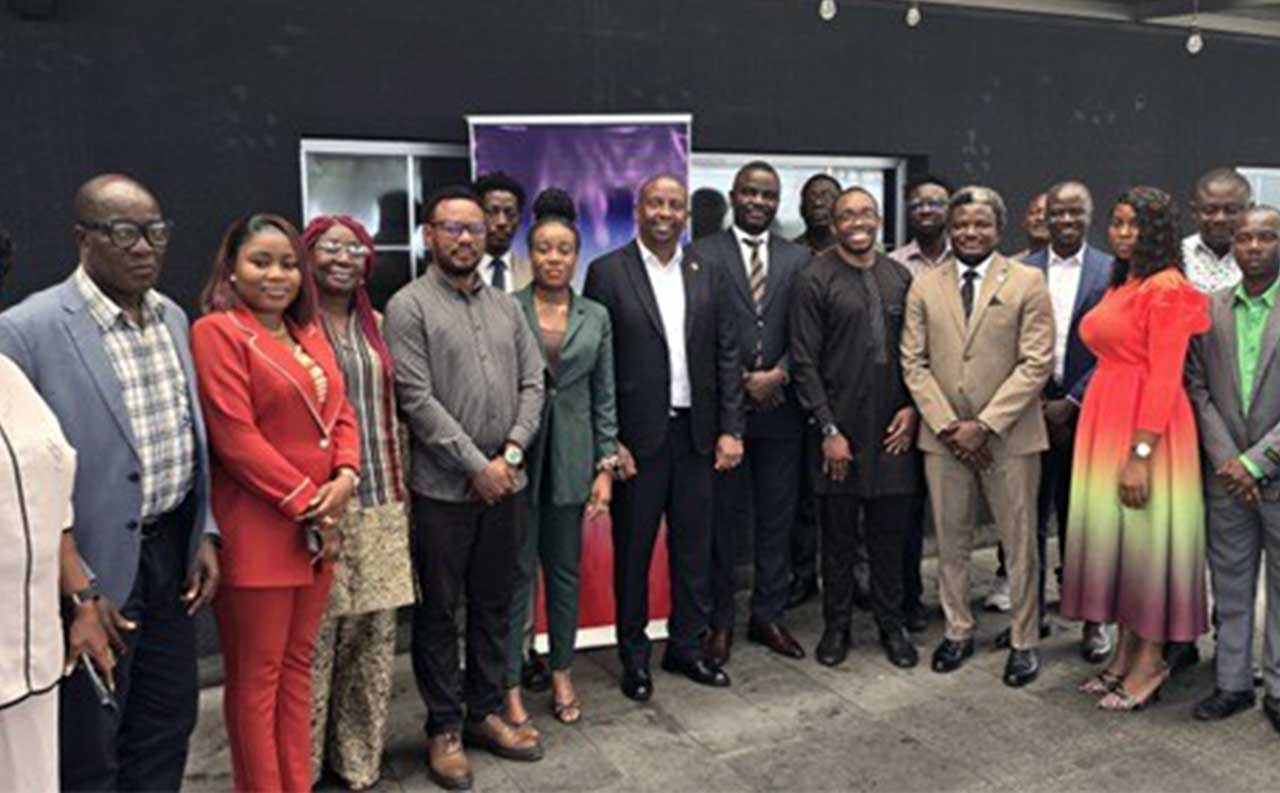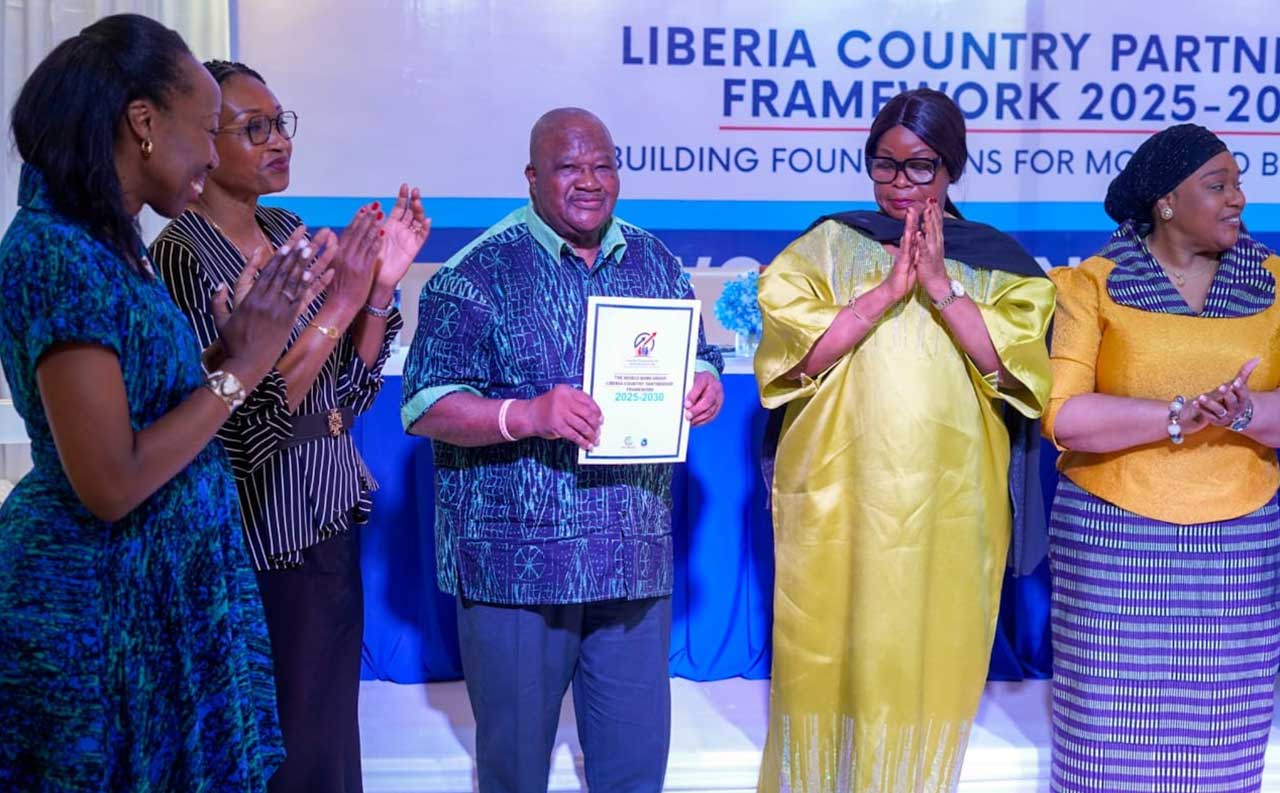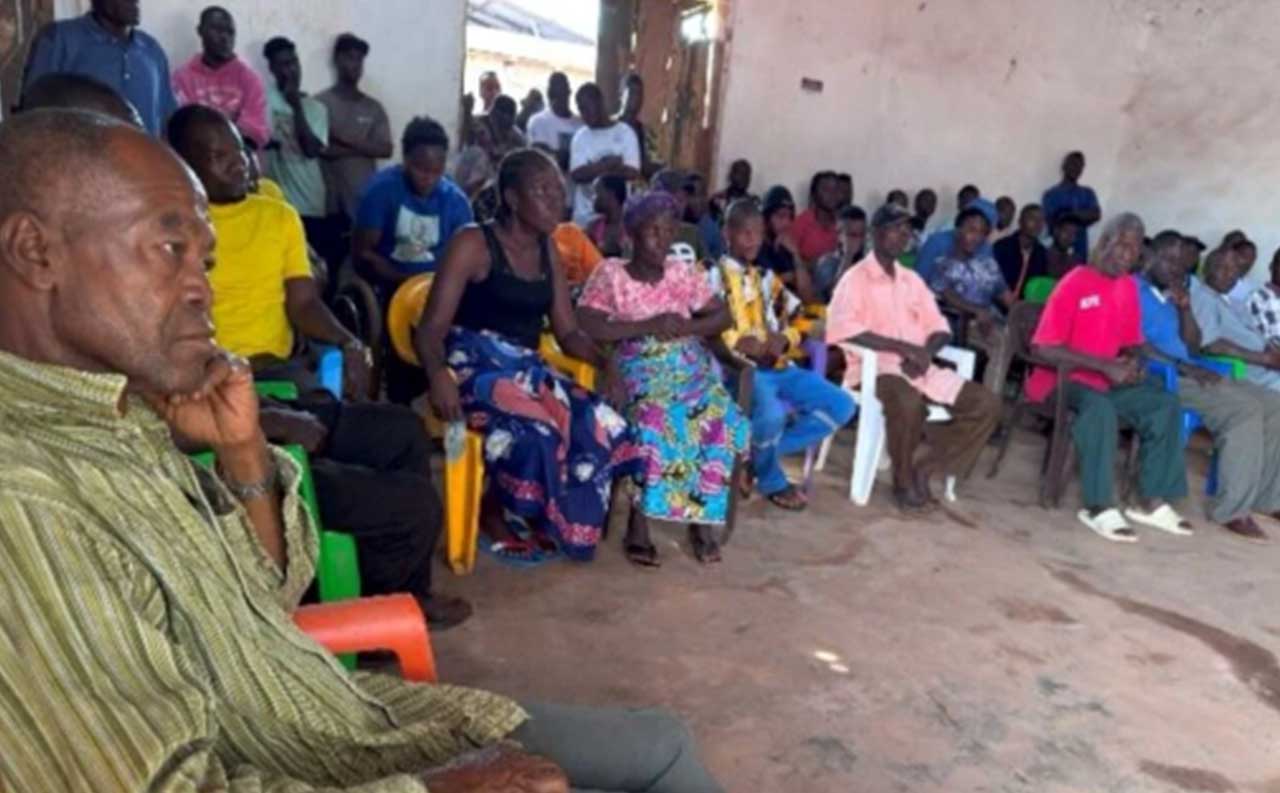The Liberia Electricity Regulatory Commission (LERC) on Monday, October 6, 2025, commenced a four-day capacity-building workshop on the Mini-Grid Tariff Tool and Methodology, organized in collaboration with the African Forum for Utility Regulators (AFUR). The training, held at a local hotel, brings together policy makers and key electricity sector stakeholders from the Ministry of Mines and Energy (MME), Liberia Electricity Corporation (LEC), Environmental Protection Agency (EPA), Ministry of Finance and Development Planning (MFDP), and representatives of mini-grid operators including Totota Electric Cooperative and Energicity (Starlight Inc.), among others.
Delivering the opening remarks, Commissioner Amara M. Kamara of LERC welcomed participants on behalf of the Board of Commissioners and management, describing the training as a milestone in strengthening Liberia’s regulatory capacity for off-grid electrification.
“Your presence today demonstrates our shared commitment to advancing Liberia’s off-grid electricity future,” Commissioner Kamara said. “This training builds on our collective vision to ensure transparent, data-driven, and cost-reflective tariffs that give developers the clarity and confidence they need to invest.”
He noted that LERC joined AFUR two years ago as part of its commitment to regional collaboration and regulatory excellence, adding that the Commission has since participated in several AFUR capacity-building programs, including the Mini-Grid Project Adopter Training held in Accra, Ghana earlier this year. Commissioner Kamara emphasized that achieving Liberia’s 2030 electricity access target of 75%, up from the current 32%, requires both grid expansion in urban areas and rapid mini-grid development in remote communities.
“The AFUR mini-grid tariff tool will support our collective effort to accelerate energy access by ensuring fairness and predictability in tariff setting,” he stated. “Let us take full advantage of this opportunity to learn, share experiences, and build lasting partnerships that drive our sector forward.” In remarks, Mr. Samuel S. Bunnya, a representative of AFUR, explained that the Mini-Grid Project emerged from the recognition that governments alone cannot achieve universal electrification, underscoring the vital role of private sector investment.
“Mini-grids are essential to bridging Africa’s electricity gap,” Bunnya said. “However, inconsistencies in tariff methodologies across countries have hindered private sector expansion. AFUR’s mini-grid tariff tool provides a harmonized, flexible framework that balances investor confidence with consumer protection.” He added that the tool was developed through collaboration with partners such as the Africa Minigrid Developers Association (AMDA), United Nations Development Programme (UNDP), African Development Bank (AfDB), and others, to standardize and streamline tariff setting across Africa.
Amon Ngure Mwadime of the Africa Minigrid Developers Association (AMDA) highlighted the association’s efforts to enhance policy, finance, and regulatory environments for mini-grid operators. “Since our founding in 2018, AMDA has worked to accelerate the pathway to scale and profitability for mini-grid companies,” Mr. Mwadime noted. “With over 61 members across 24 countries, our focus remains on policy coordination, access to capital, and data-driven research to support investment readiness across the continent.”
Also speaking, Mr. Nunudeh S. Johnson, acting Director for Economic Regulation at LERC, welcomed participants on behalf of the Commission’s Management. She encouraged participants to engage fully in the hands-on training sessions, noting that the knowledge gained would enhance the regulatory framework for mini-grids in Liberia. “Your active participation and engagement are essential to unlocking the full potential of this training,” she said. “Together, we can build a stronger, more harmonized regulatory environment that accelerates mini-grid investment and moves us closer to achieving our 2030 target.”



